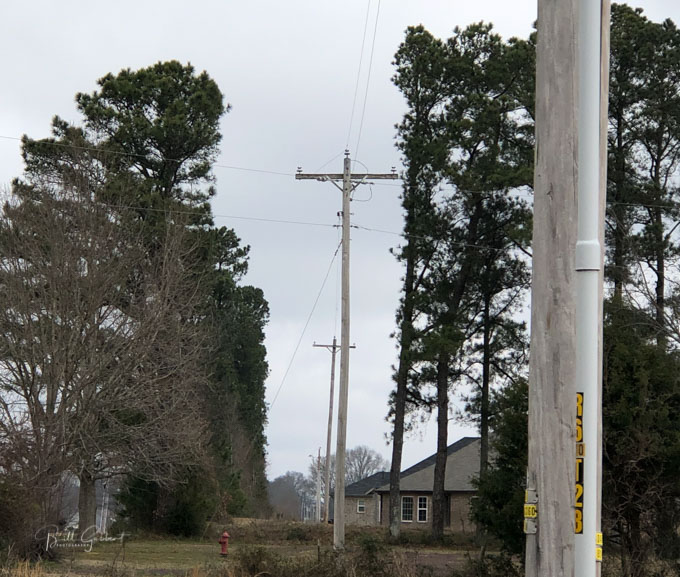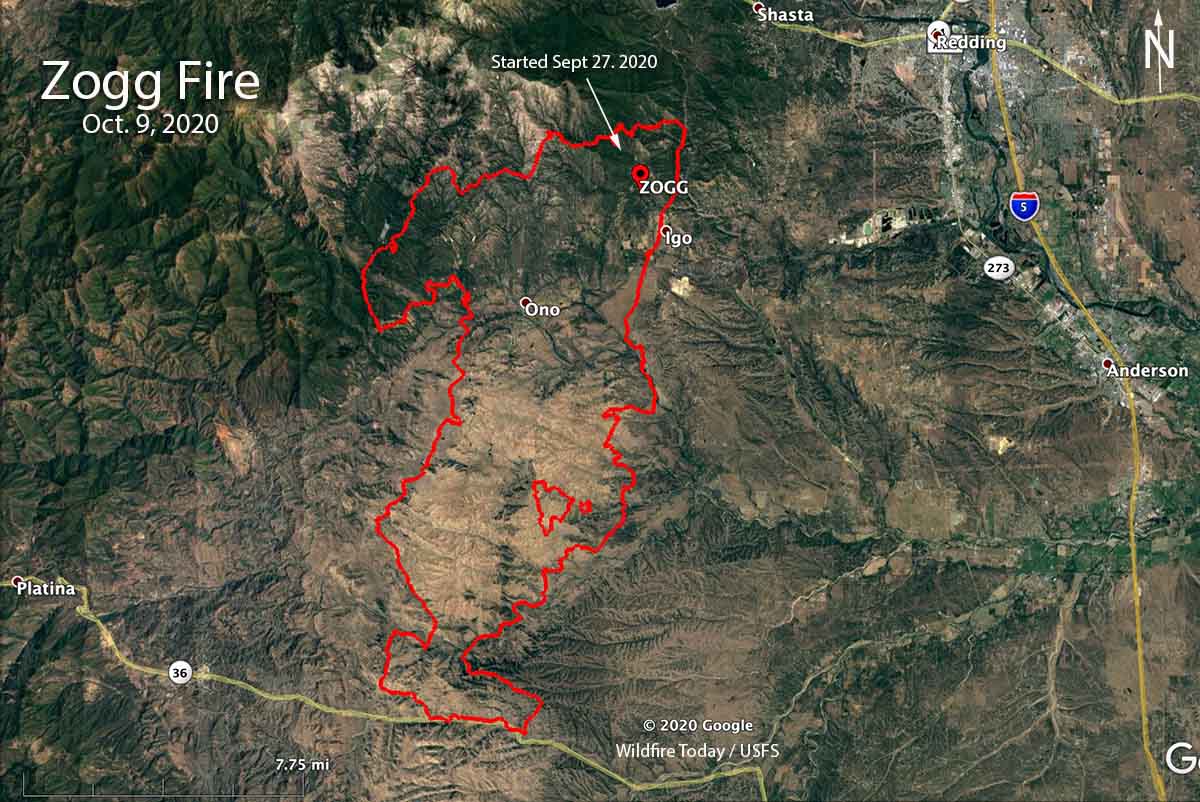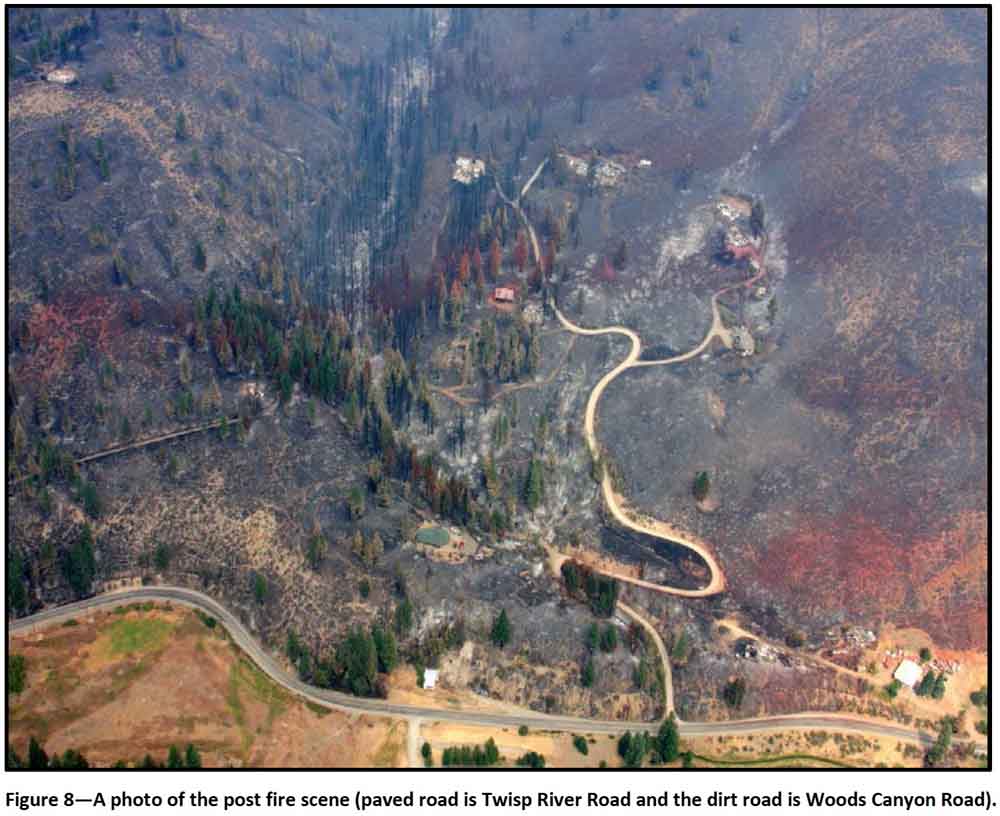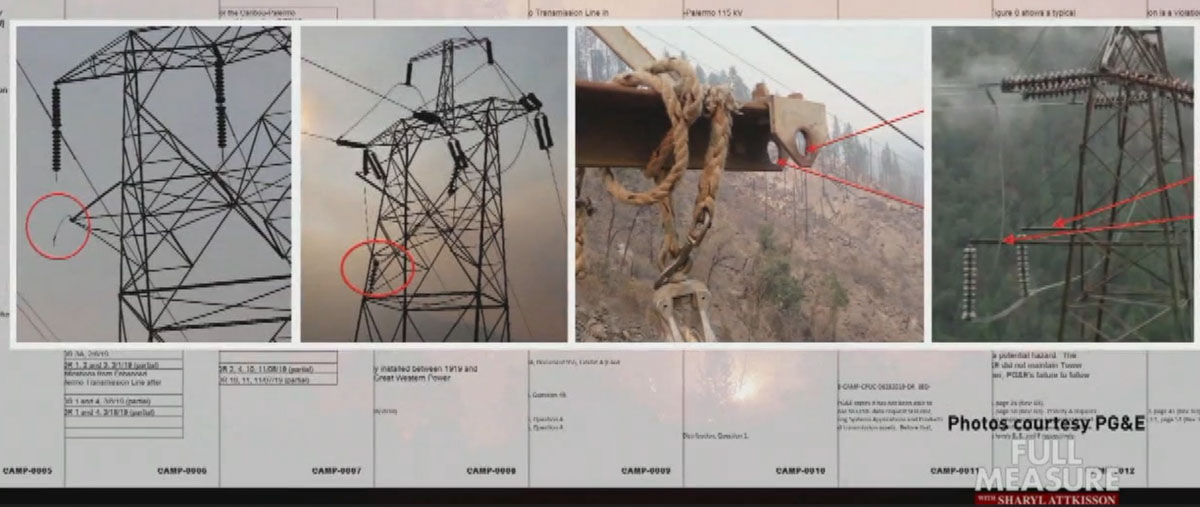
Originally published at 5:49 p.m. MDT March 4, 2021
Wire mesh treated with an intumescent graphite coating may be able to prevent a wooden power pole from being consumed in a wildfire. It could also be effective on a railroad bridge or under the eaves of a house.
When subjected to heat, an intumescent rapidly expands and can fill in the gaps in the wire mesh to form a barrier between the fire and the wood. Before the fire, the mesh allows air flow, preventing a buildup of moisture that could lead to wood damage.
I first learned about the product when seeing a report that NVEnergy installed it last month on 170 power poles as a pilot program in Nevada, looking at it as a way to protect equipment in the event of a wildland fire. The company installed it at either a 6 or 20-foot height, depending on the surrounding vegetation.
In September, 2019 we wrote about a fire resistant paint that was applied by the Idaho National Laboratory on 3,000 power poles. They prioritized poles receiving the paint based on service area, fire risk, and vegetation density. Every pole painted in the latex-based fire retardant paint survived the 2019 Sheep Fire. Even poles that had not been repainted since their initial coat in 2012 and 2013 survived.
Updated at 11:47 a.m. MDT March 5, 2021
A big thank you to Robert Tissell who pointed out in a comment on this article that the TV show “This Old House” showed vents being installed in a home in Paradise, California that use the same process. Vulcan Vents says they are “manufactured out of high grade aluminum honeycomb and coated with an intumescent coating made by Firefree Coatings. The intumescent coating is designed to quickly swell up and close off when exposed to high heat. The expanded material also acts as an insulator to heat, fire and embers.”






